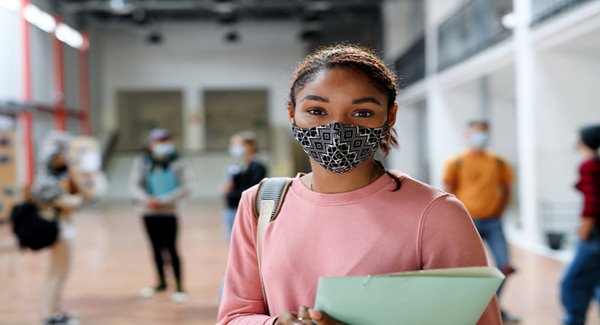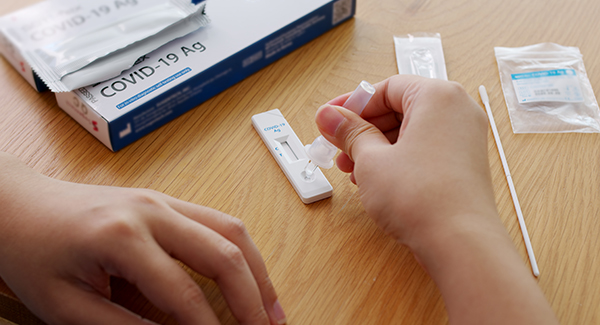Expert Q&A: COVID-19 and Schools Reopening
Learn how to weigh the risks of sending your child back to school with these tips from a pediatric infectious disease expert.
Question: Our school district is reopening this year. How do I know it’s safe enough to send my child back to school?
Answer:
It’s unrealistic to think any protocol or procedure is going to make returning to school completely safe. The pandemic is far from over and sending your child back to school will involve some level of risk.
The best way to reduce that risk is for every eligible person to be vaccinated, including teachers, school staff and children 12 and older. The FDA recently approved the Pfizer/BioNTech vaccine for ages 16 and older. It still has emergency authorization status for ages 12 to 15 simply because it has not yet been in use in that age group for long enough to receive approval, but it probably will be approved before long. The experience with the vaccine to date shows that it is very safe and effective in that age group. Meanwhile, most vaccines still aren’t available to most children, so it continues to be critical to take other precautions.
A significant part of cutting down that risk is physical distancing. That may not always be easy to do in a school setting, but there are ways to reduce the risk of transmission; namely, cutting down class sizes and limiting large groups. Smaller class sizes, or dividing kids into “pods,” also makes contact tracing and singling out the cause of infection easier when it occurs.
Masks are another important factor when weighing the risks. Ideally, anyone who can wear a mask, including teachers and students, should. This still applies in small group settings and especially when desks are spaced less than six feet apart. Growing data suggest that, even when people are practicing social distancing, the risk of environmental contamination, especially indoors, is greater without a mask. So, ideally children should wear masks at all times, even when classrooms are set up to allow ample social distance.
I like the way the CDC refers to “layers of protection” in its current guidelines. You want to build up as much protection as you can. Distancing helps. If you can’t distance, wearing masks, gathering in small groups, or pods, etc. become even more important.
Lastly, and perhaps most important, find out if your school has a long-term plan for when infections occur. Your school district should be working with public health officials to set up procedures for contact tracing so that when, not if, risk exposures happen, they will be ready to handle them. If they don’t, I would strongly consider continuing with virtual teaching for my child.
Many essential workers don’t have the choice to stay home in a virtual environment, but for others, making the decision to send their child back to school comes down to their family’s level of risk acceptance. To help you decide what that is, this Back to School Safety Checklist of school safety protocols can help.
In the meantime, as you weigh your options, keep up with measures essential to protecting you and your family. Wear a mask, especially indoors in public spaces, keep at least six feet apart from others and continue to wash hands frequently. And don’t neglect to get flu shots for your family and children.
Most parents of children with a rheumatologic condition have a lot of experience keeping their child safe. You know how to do this. You’ve kept them safe. Keep keeping them safe.
David Cennimo, MD
Associate Professor of Medicine and Pediatrics, Division of Infectious Diseases
Rutgers New Jersey Medical School

Stay in the Know. Live in the Yes.
Get involved with the arthritis community. Tell us a little about yourself and, based on your interests, you’ll receive emails packed with the latest information and resources to live your best life and connect with others.



